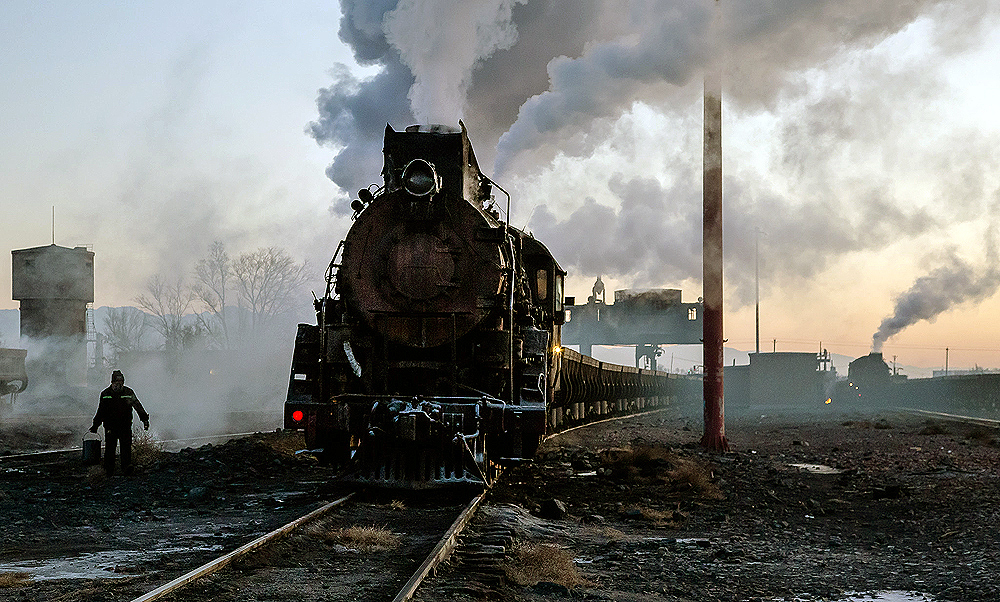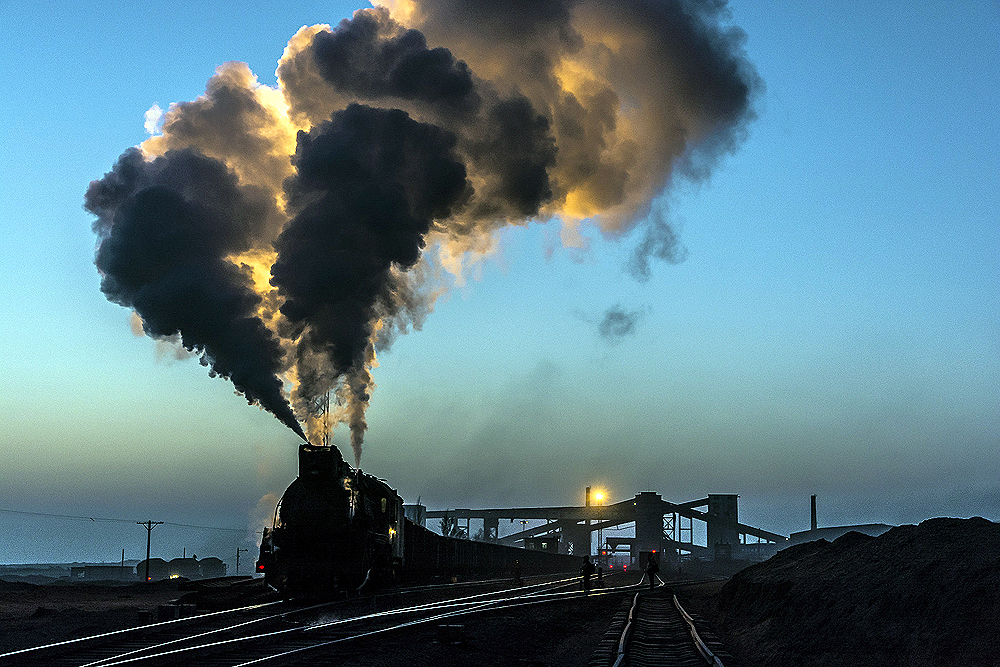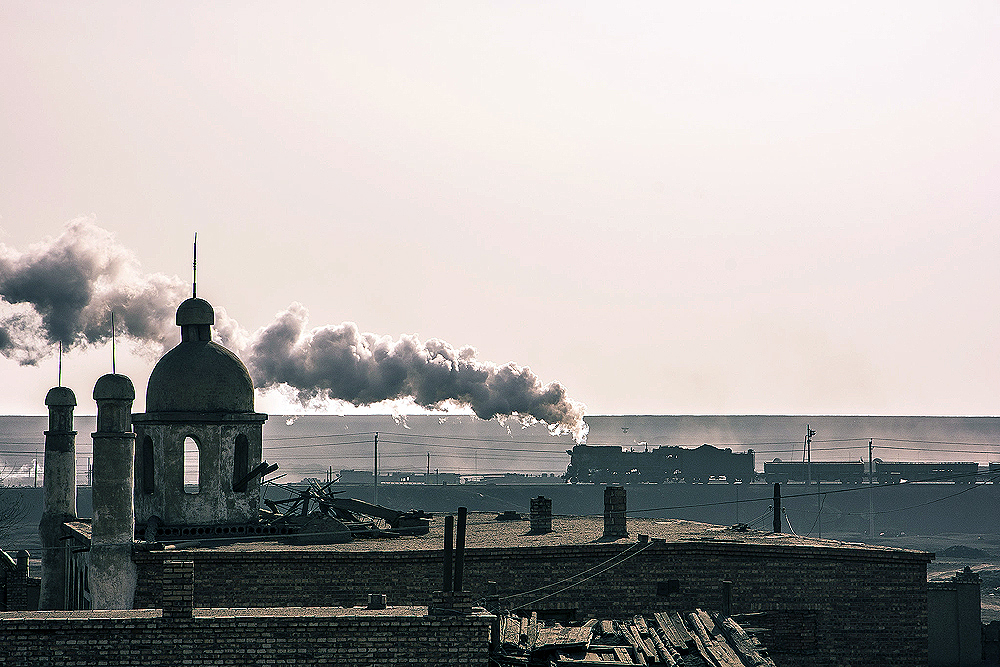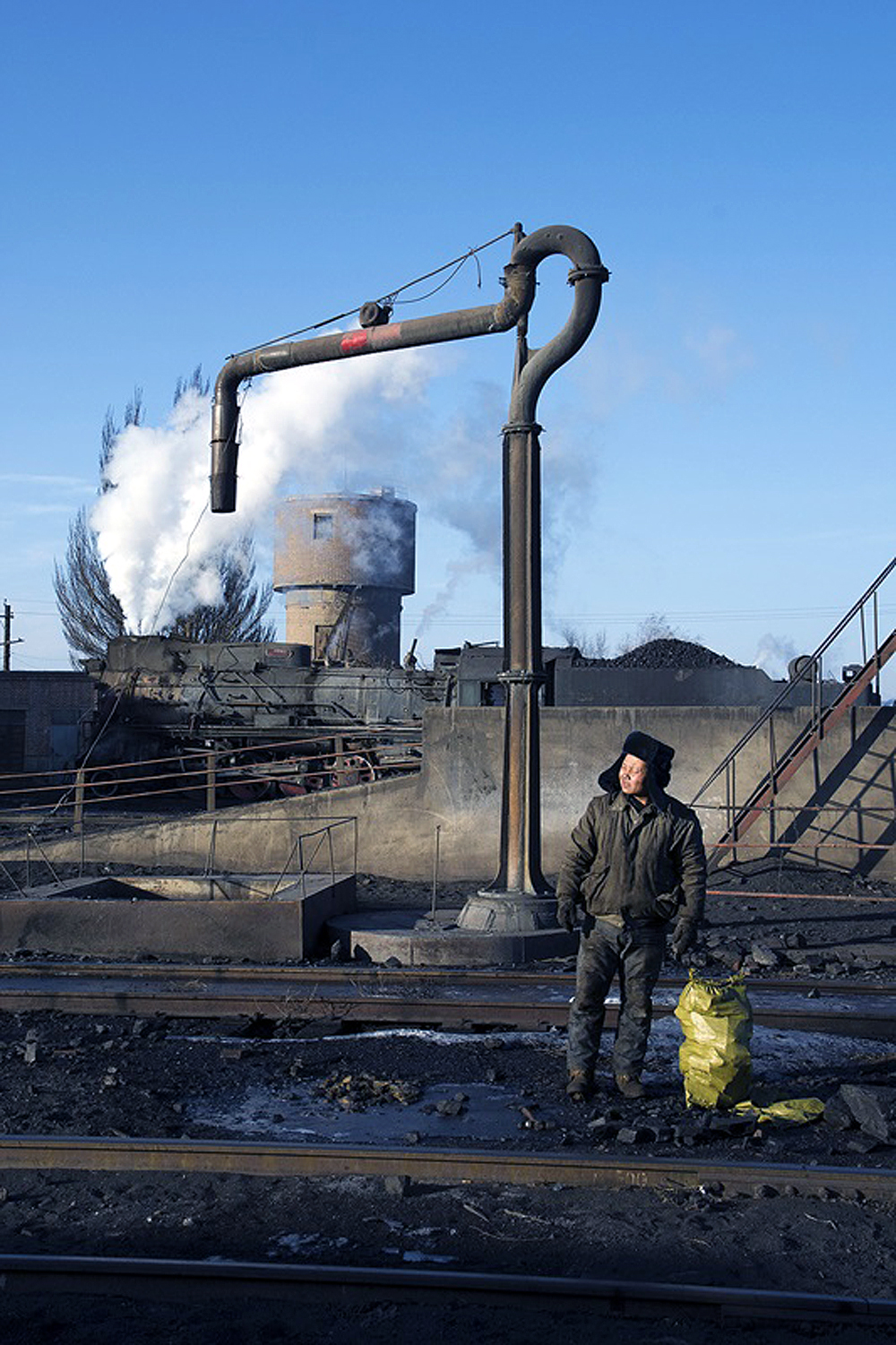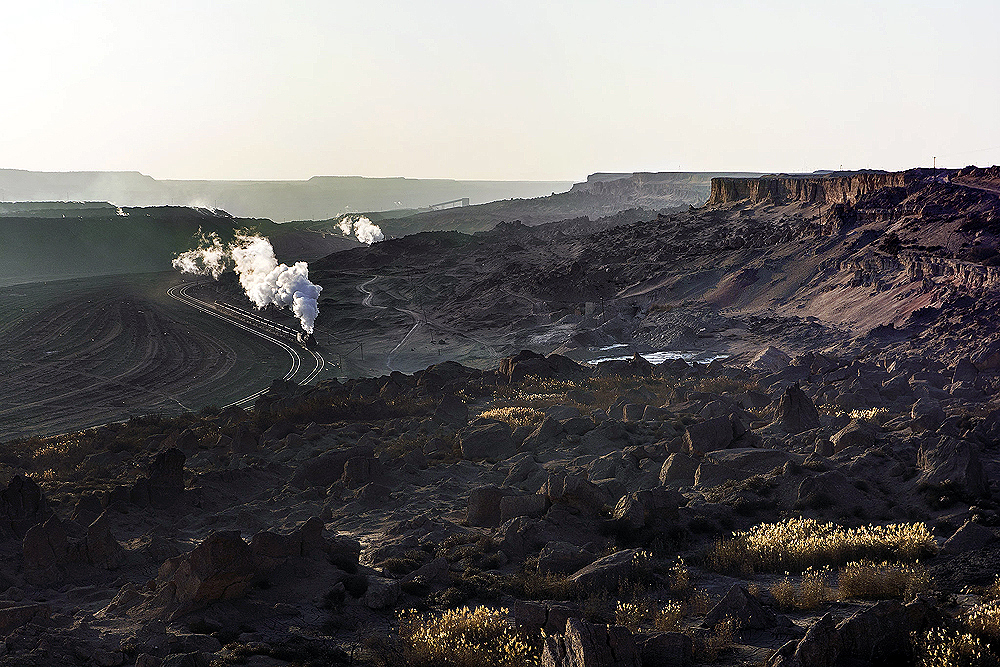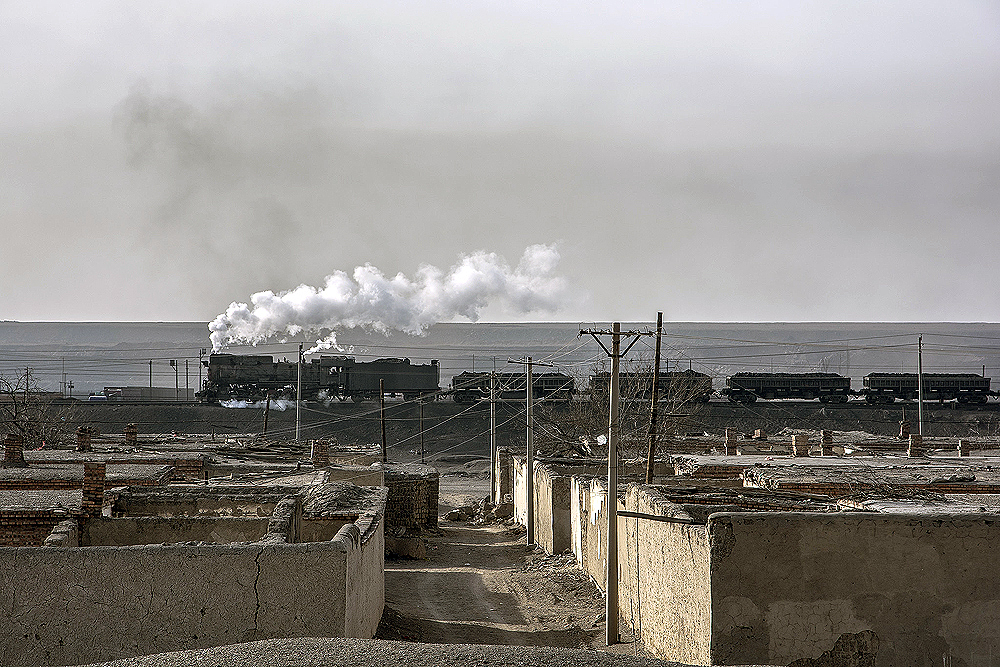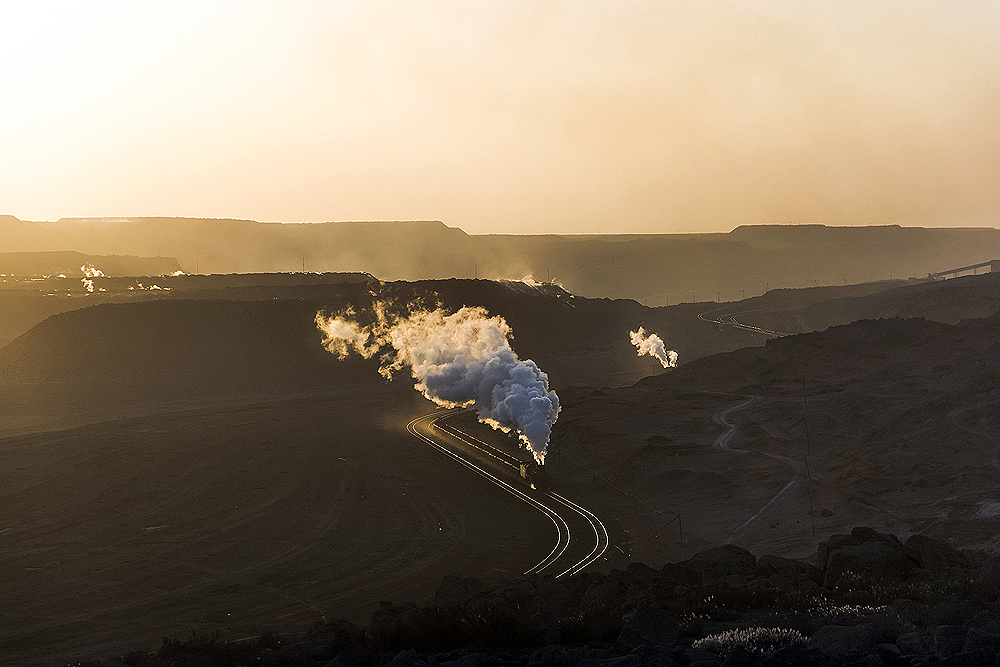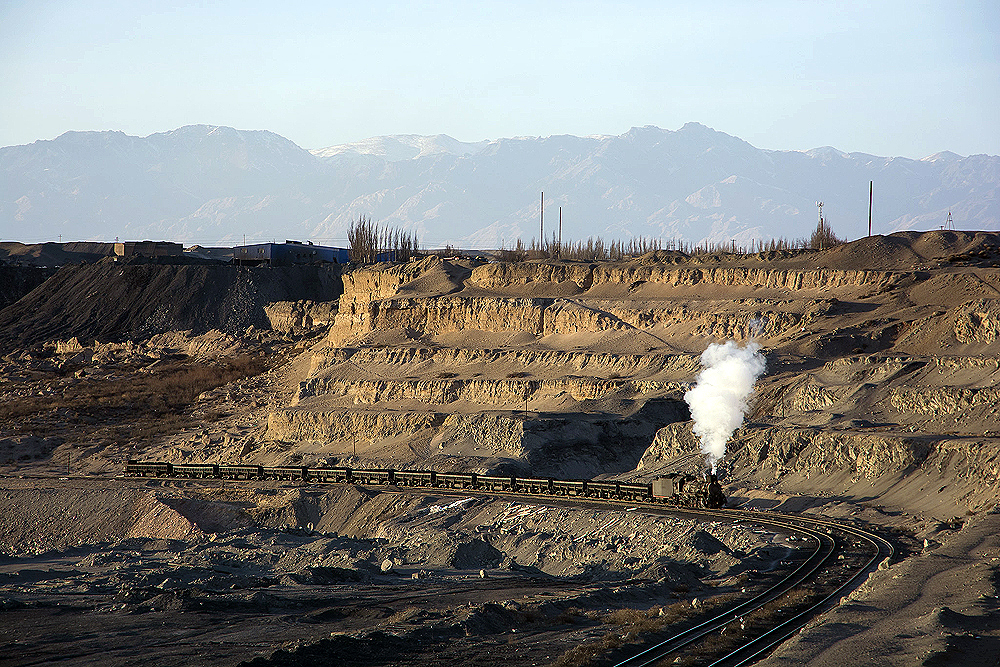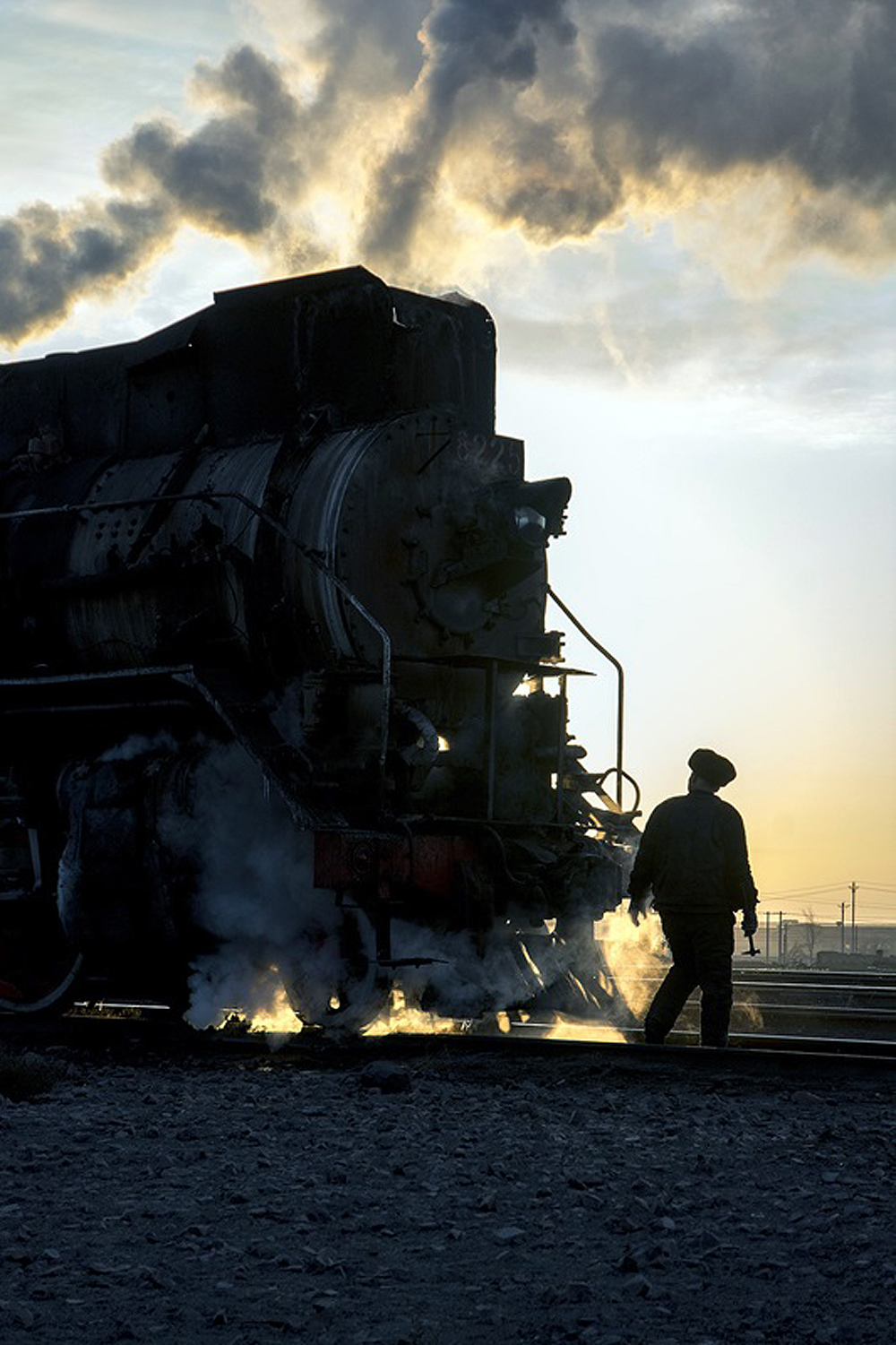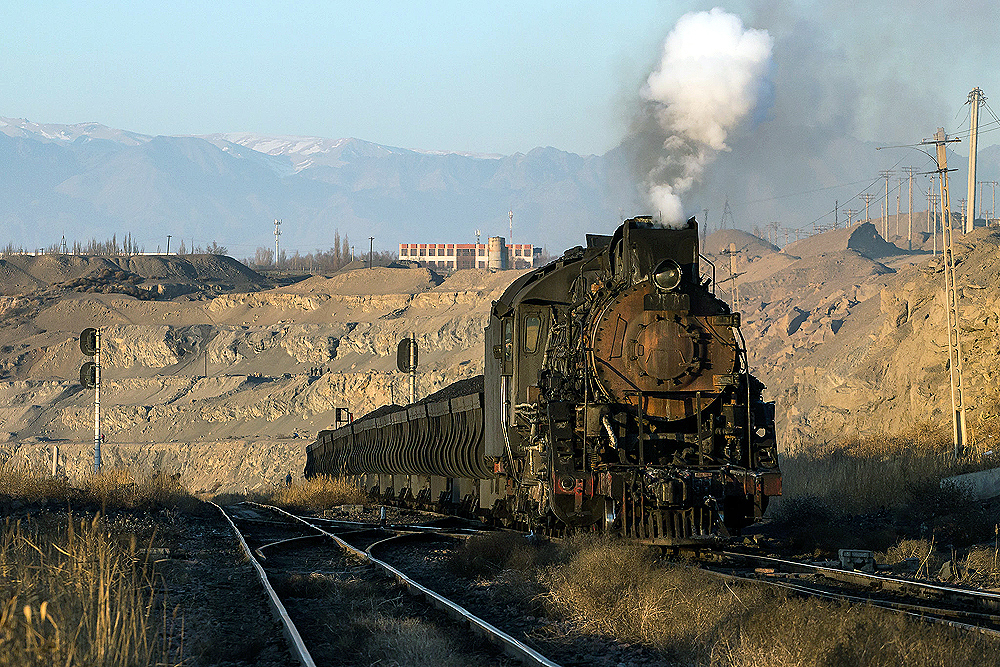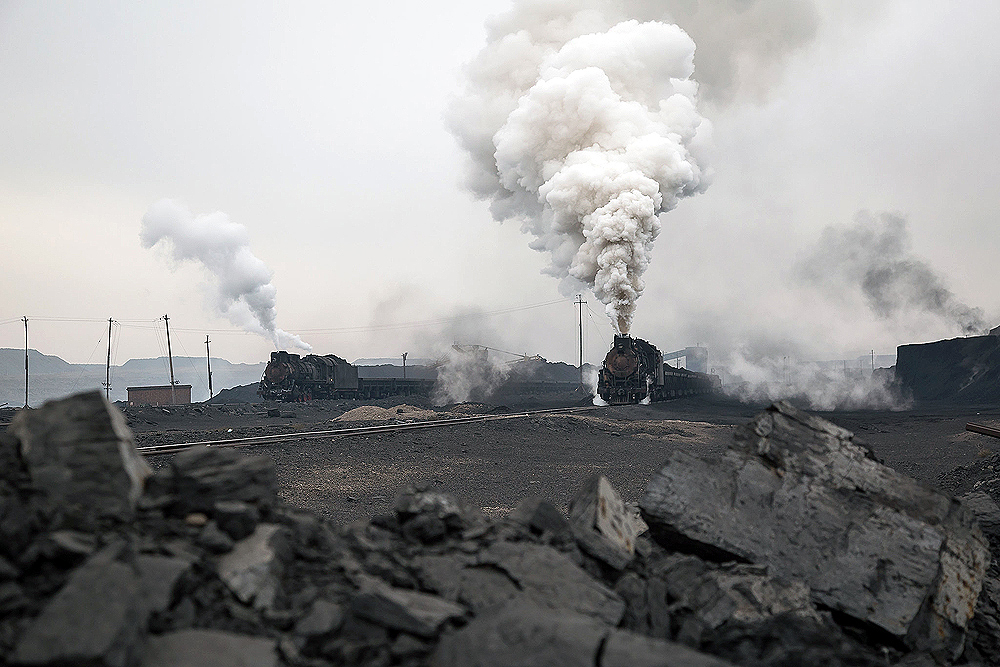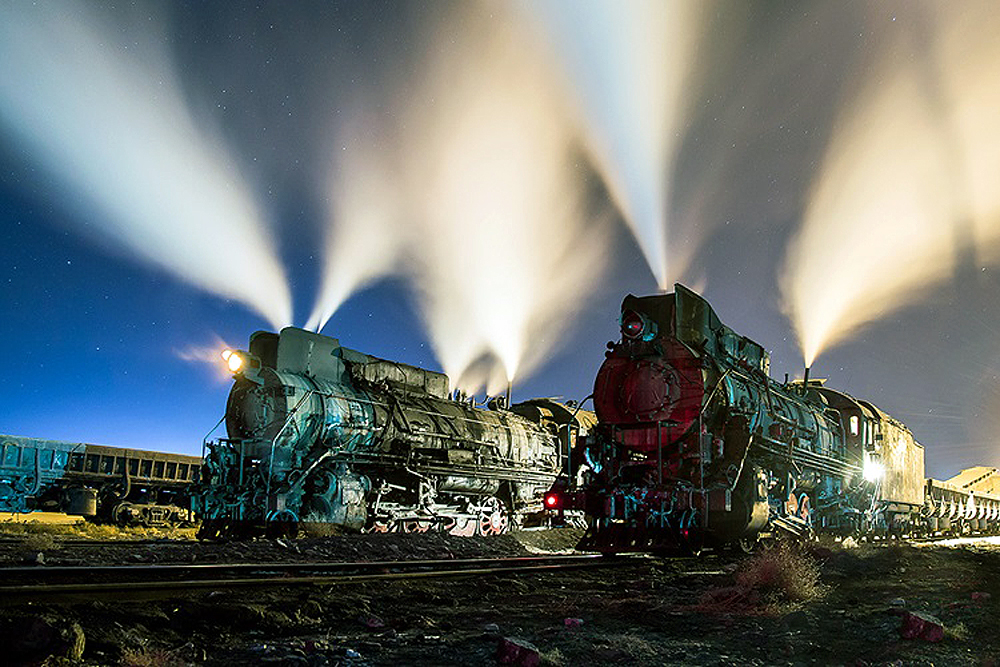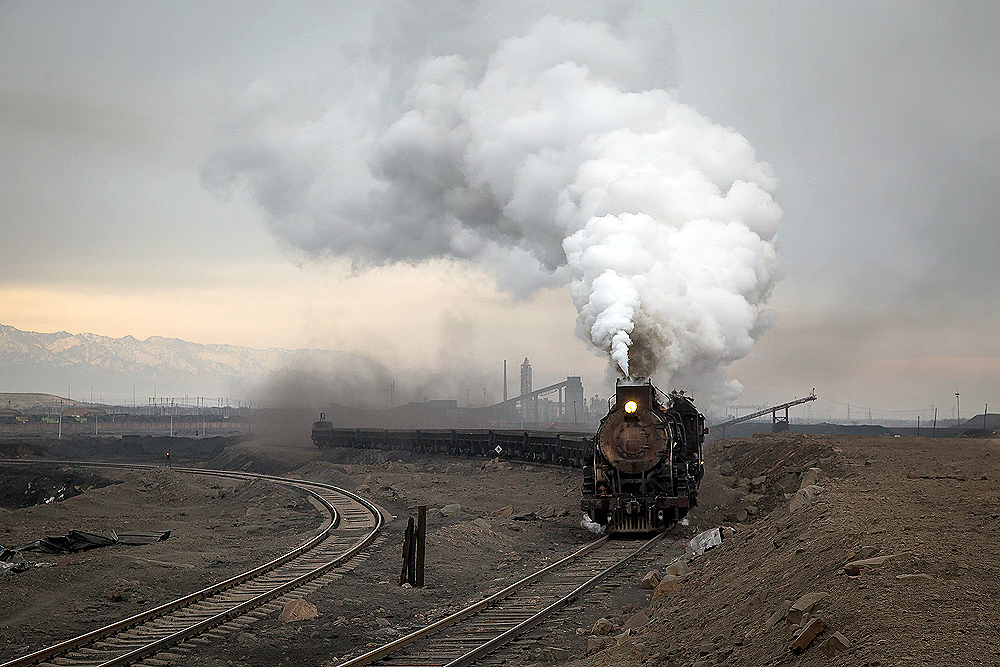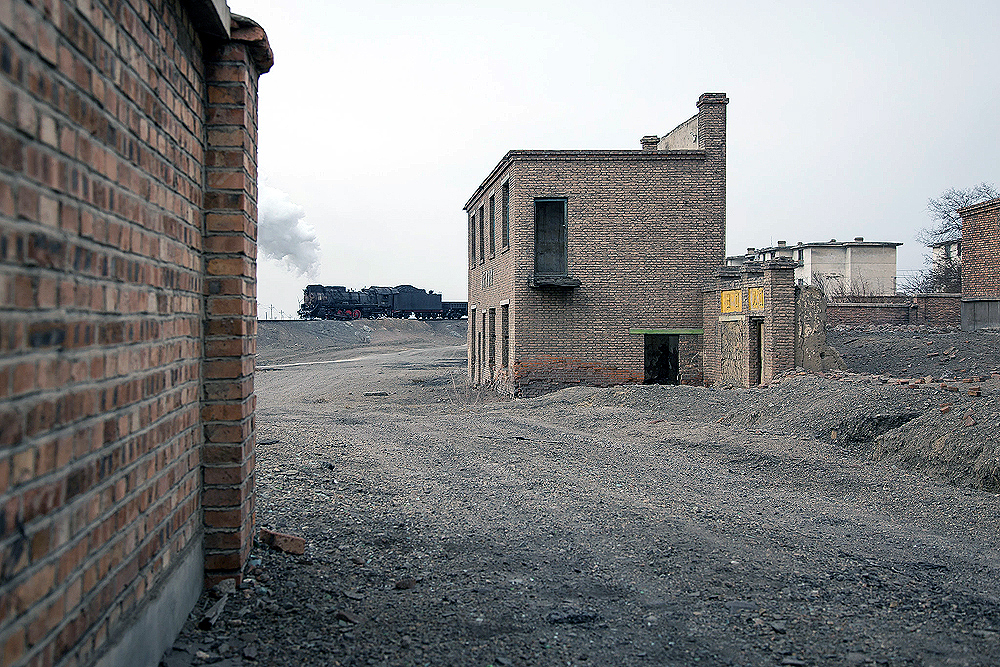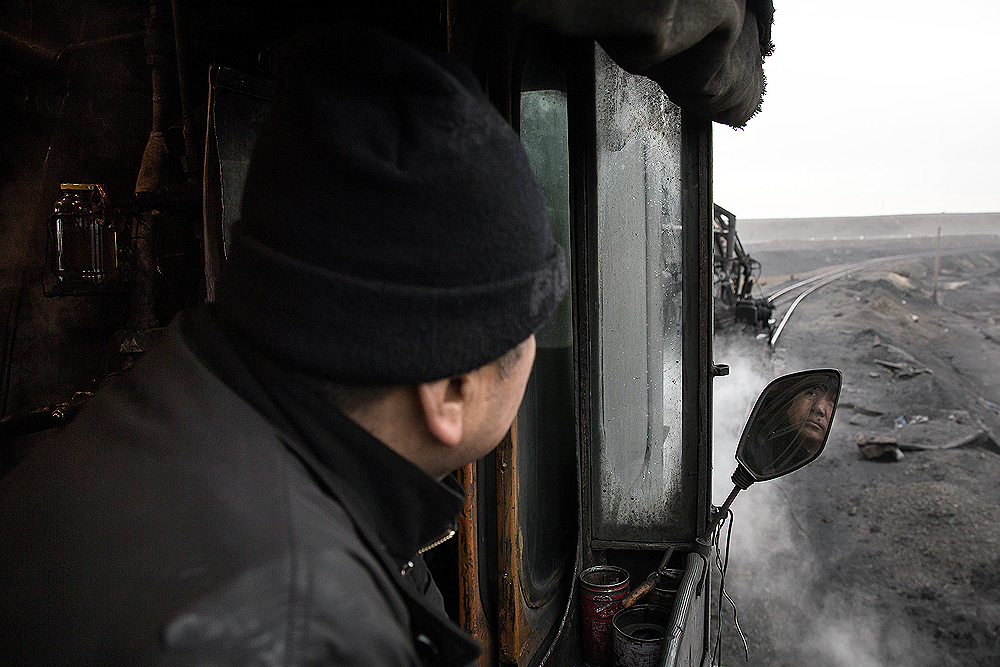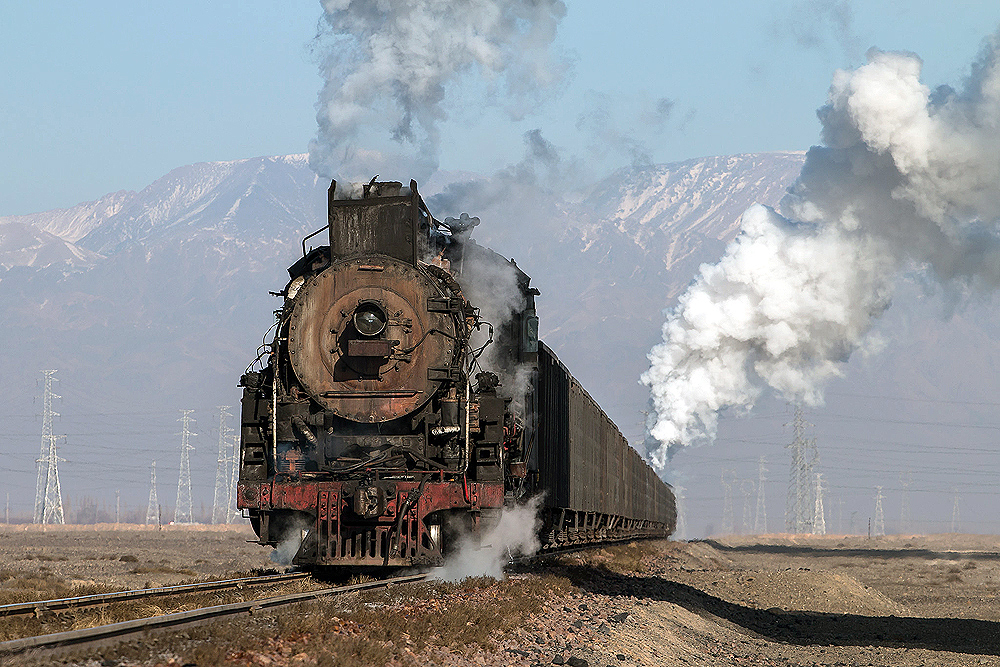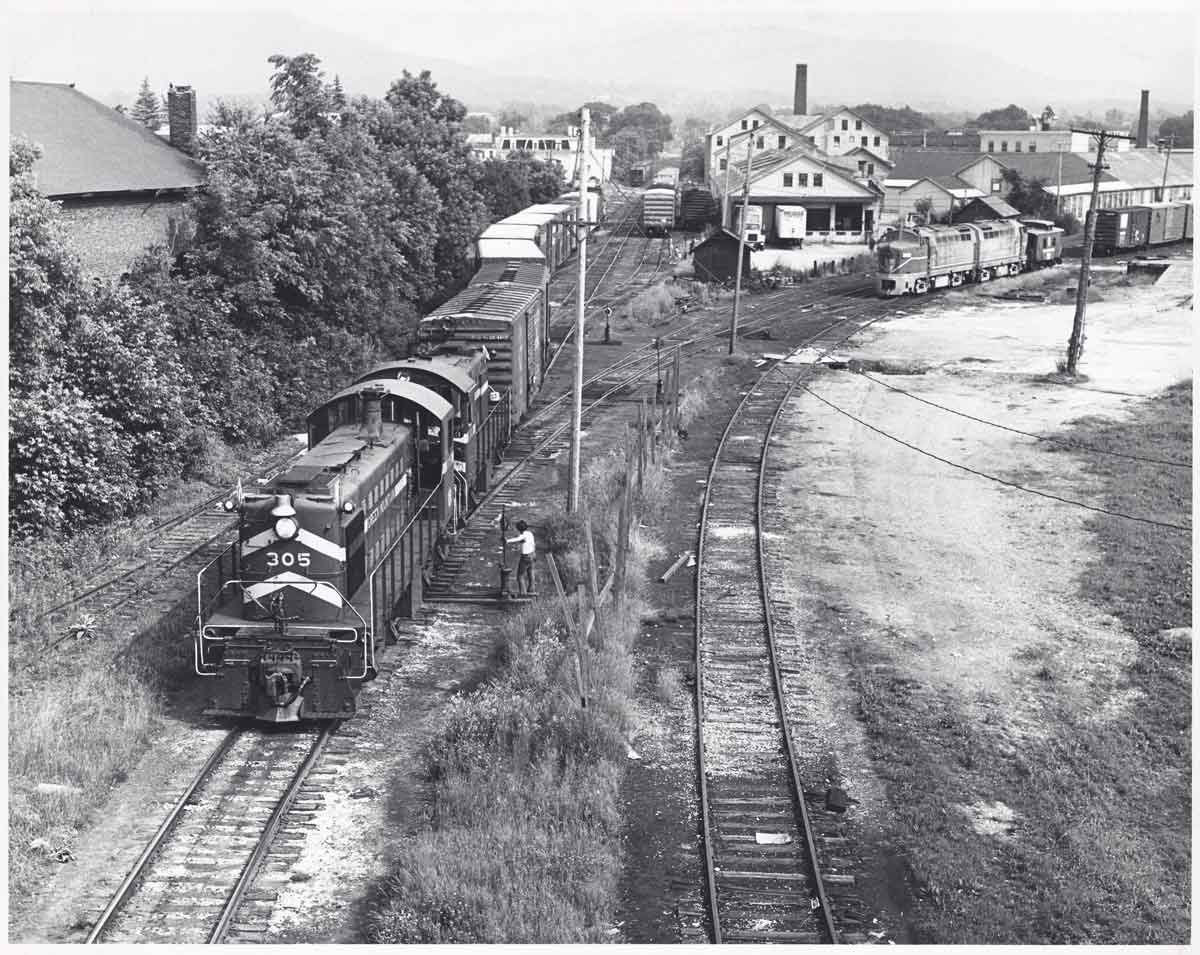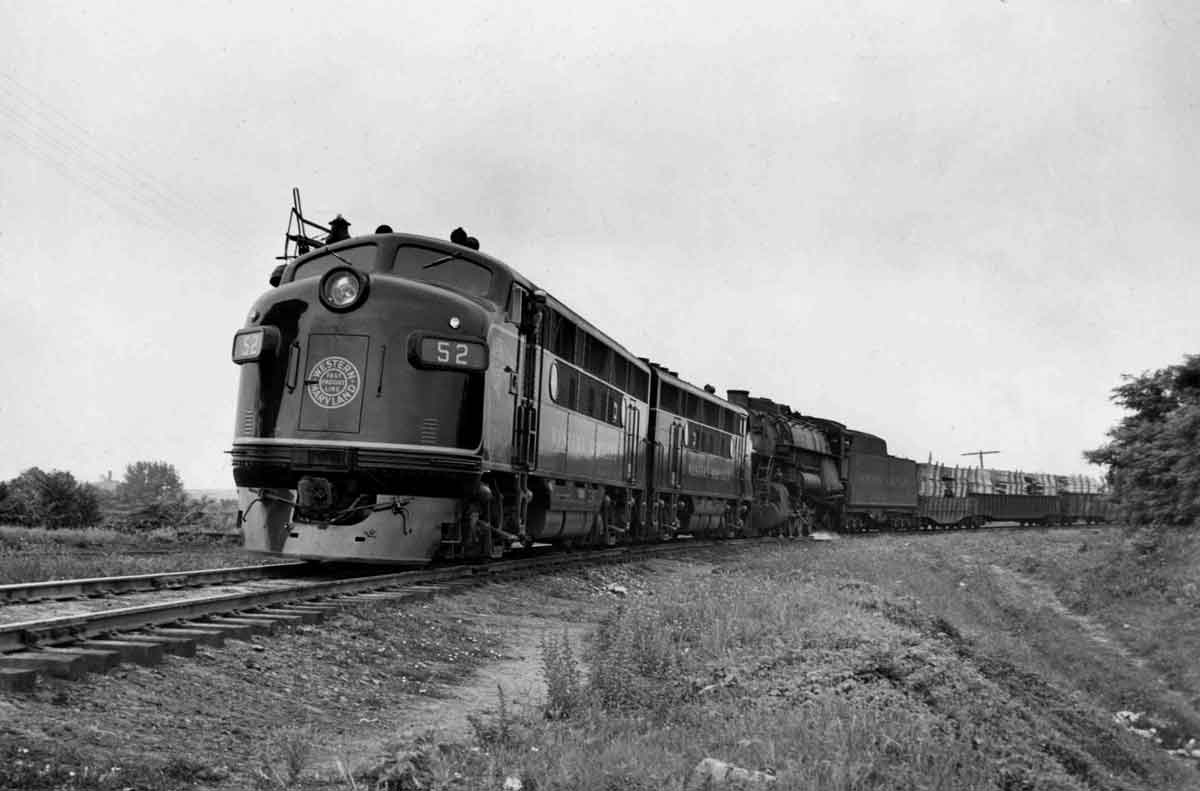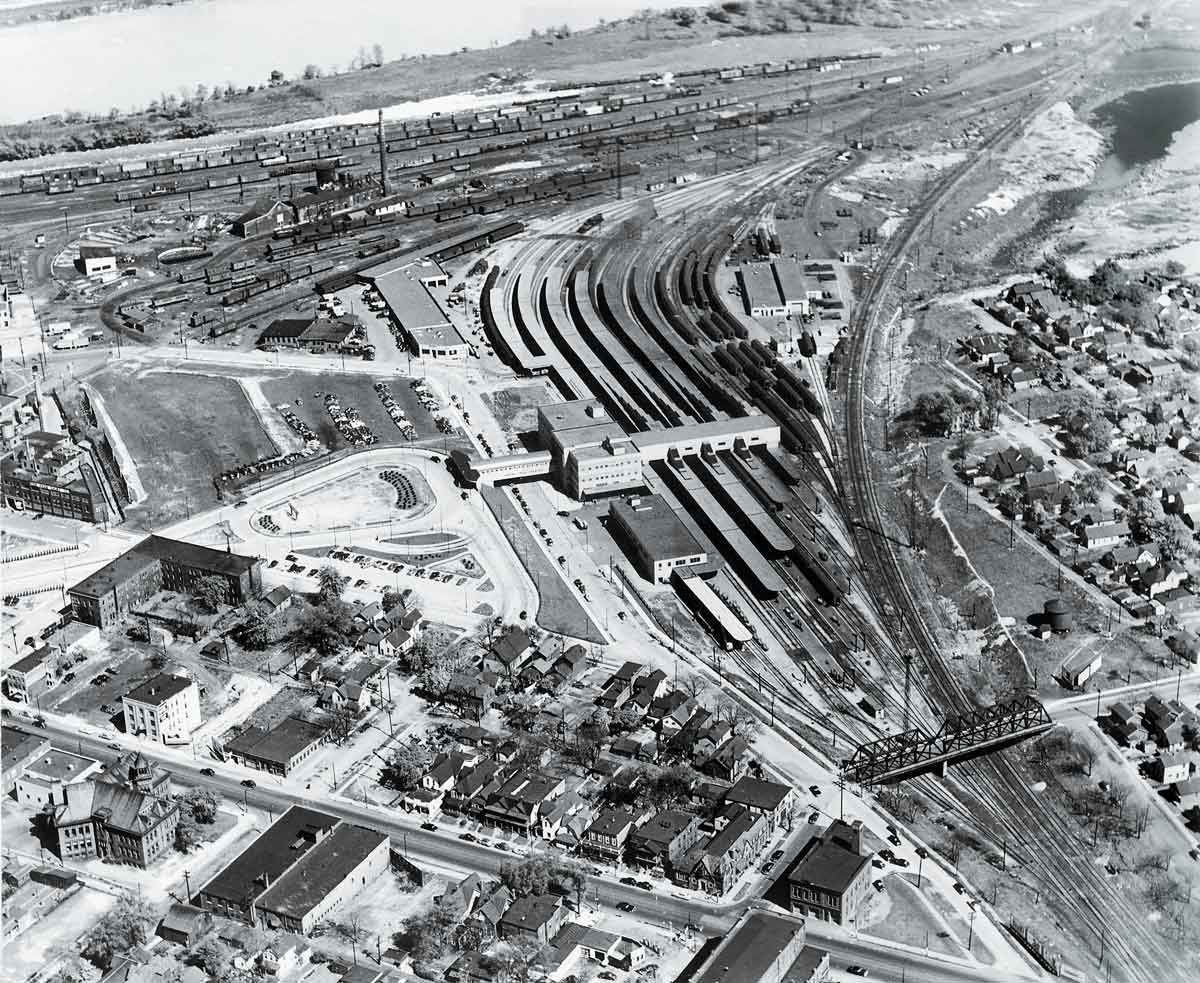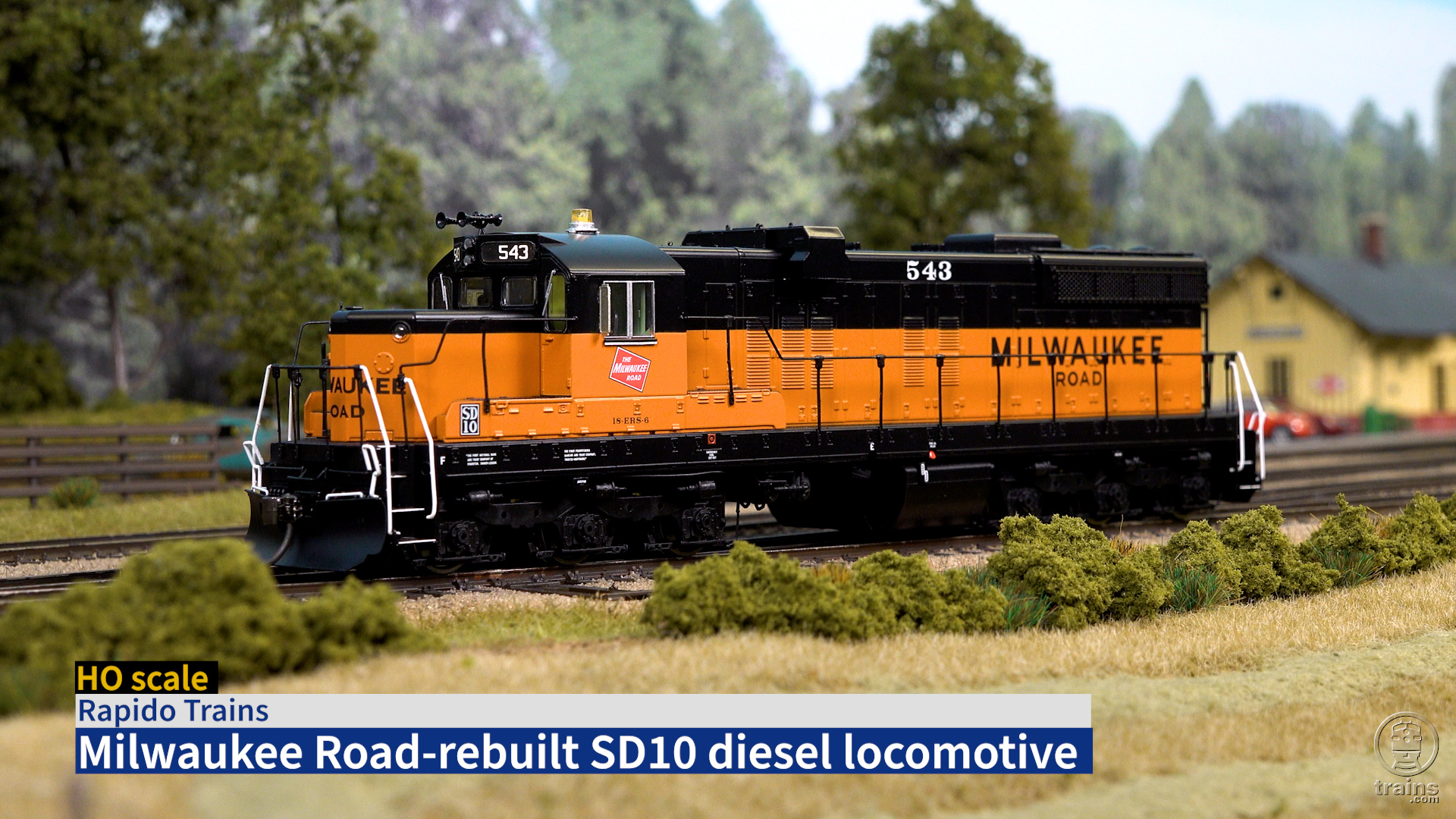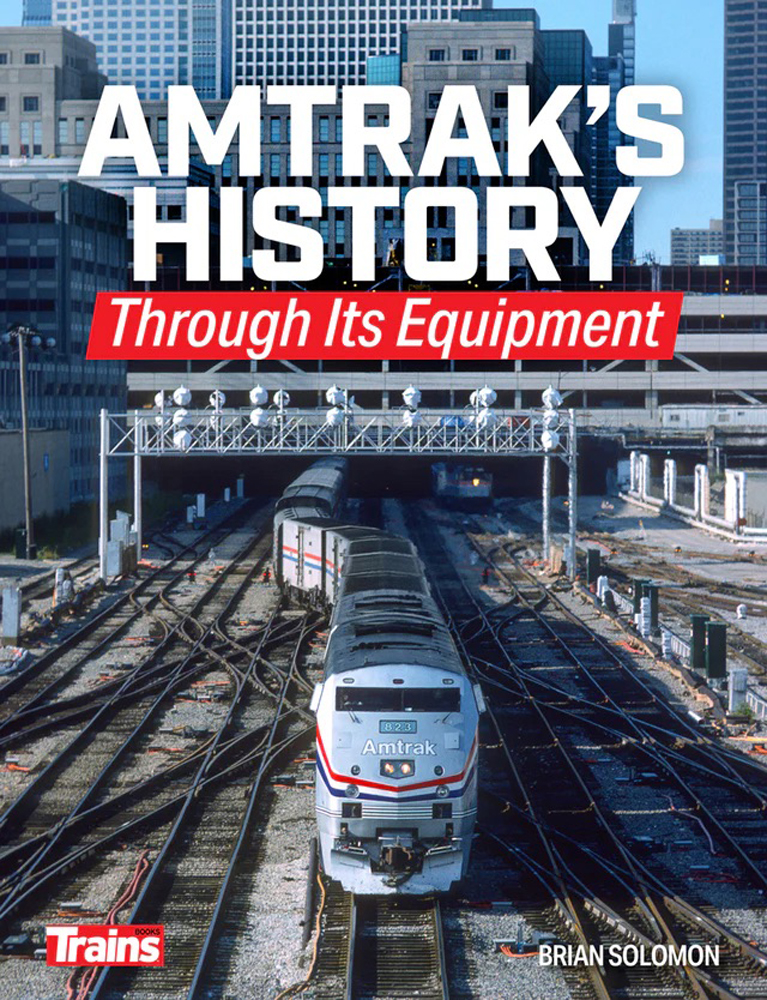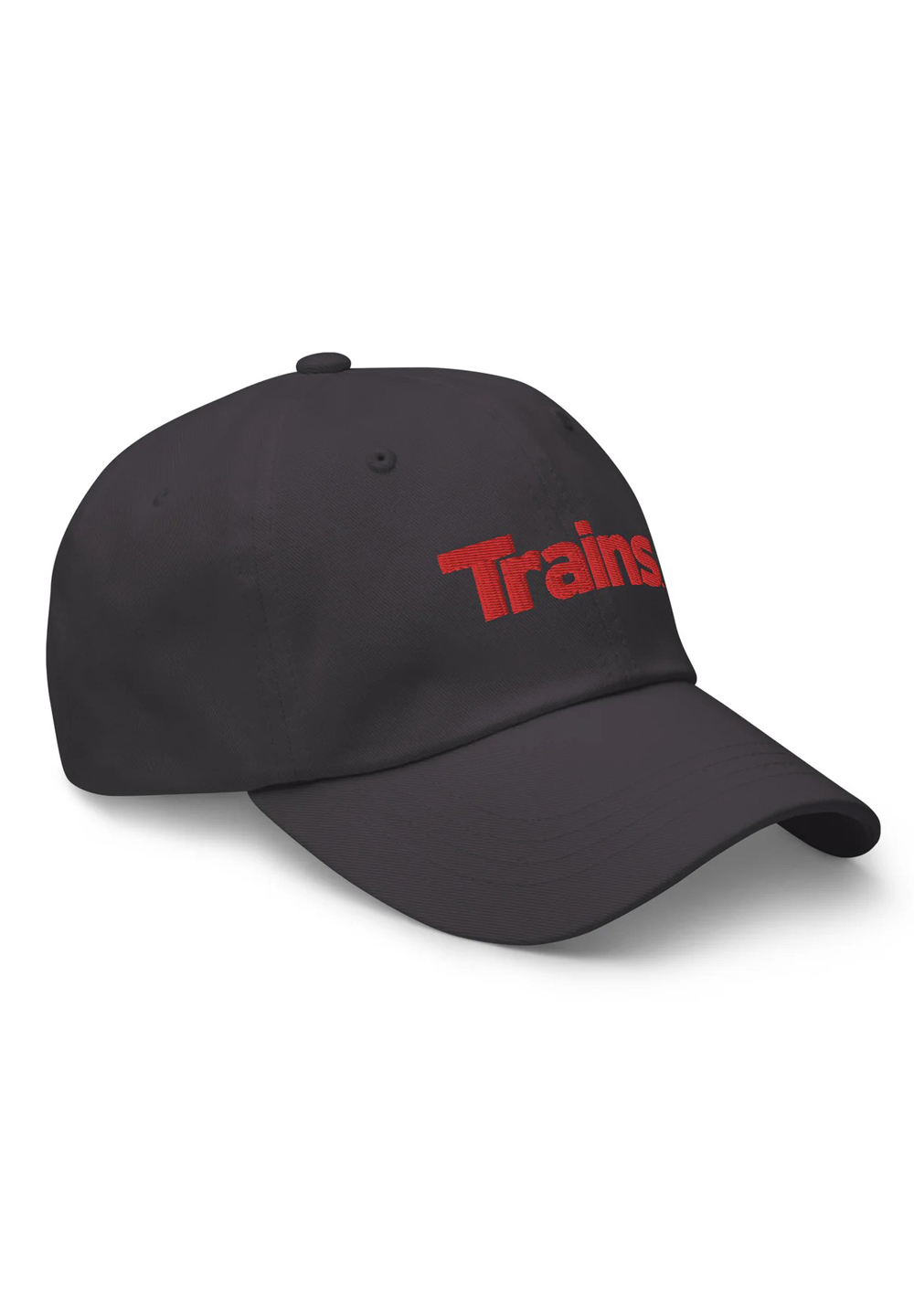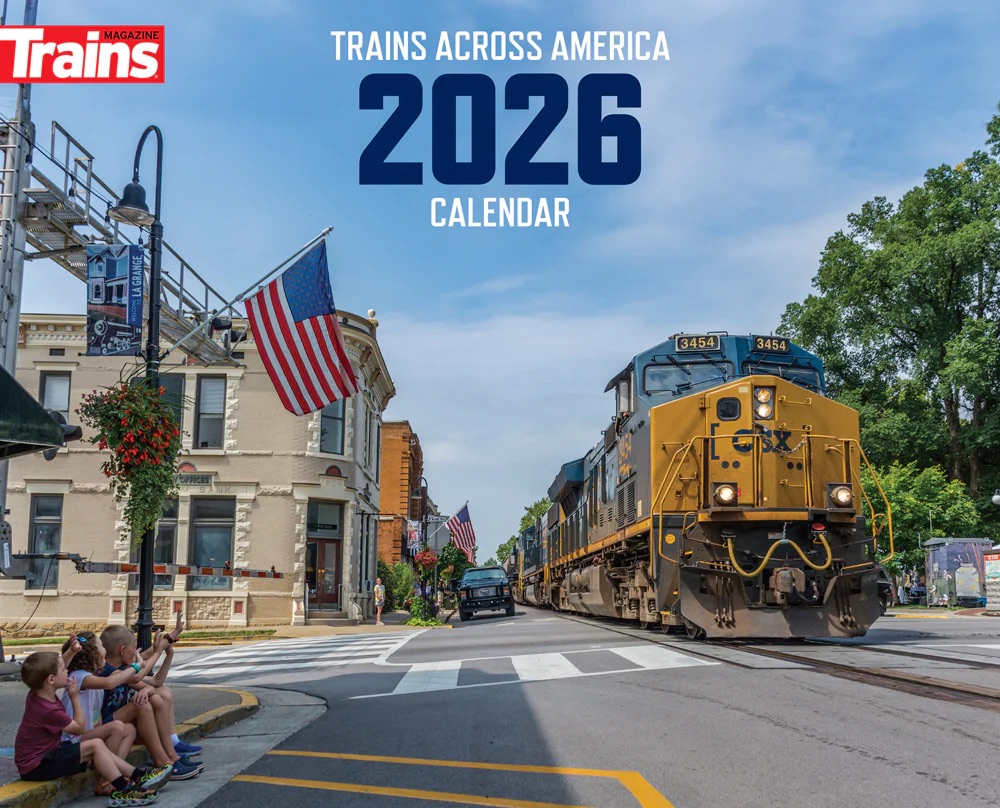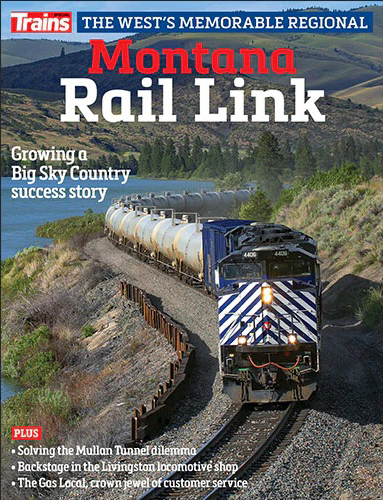Editors’ note: The author and photographers are graduates of the University of Illinois at Urbana-Champaign’s rail engineering program. This is their first Trains byline.
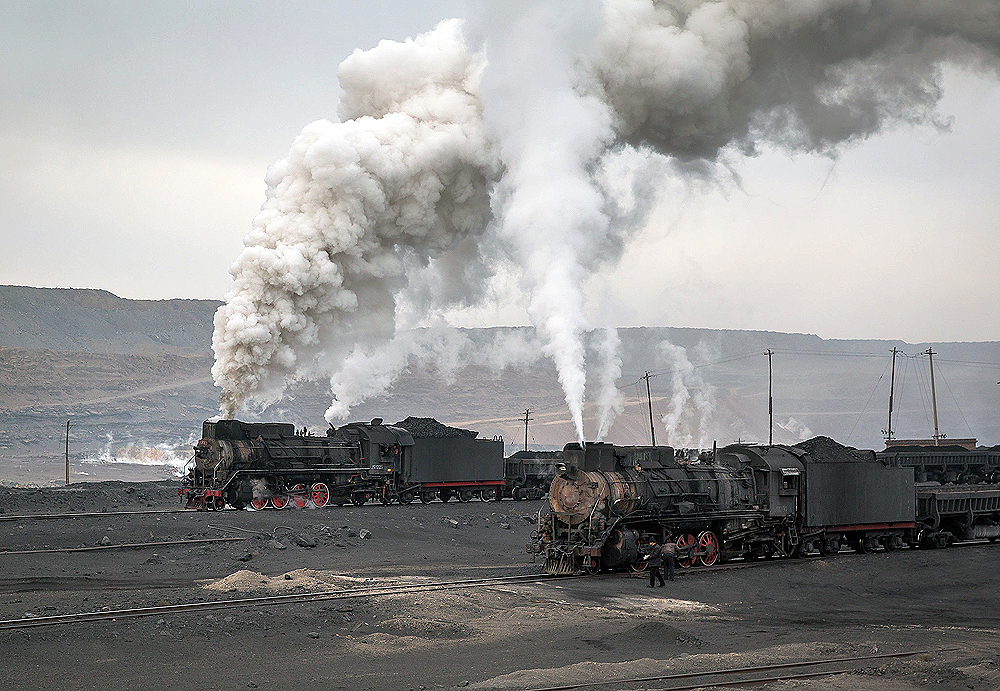
In North America, the days of steam railroading are a distant memory, and coal traffic is slowly headed the way of steam. In Europe and Japan, steam enthusiasts eagerly attend steam charters and specials, and coal mining has all but vanished.
But in China, the story is different.
China has advanced so rapidly in recent years that until 2008, when the 540-mile California high-speed rail project was approved by voters, China had no dedicated high-speed rail routes. Today, China operates 66% of the world’s high-speed network (with 22,000 route miles) and is still expanding. The world’s first autonomous high-speed train operation began in December 2019. California still does not have any high-speed trains in operation.
For Chinese, their country’s quick rail modernization means that the days of steam operations are still recent memories. As recently as 2016, steam operations could be found within a day-trip of the capital city, Beijing. There now remains only one bastion of revenue steam operation in China (and the world) — an operation dedicated to hauling coal out of deep pit mines in the Gobi Desert.
Steam operations in the Gobi Desert
The revenue operation can be found in the far western Chinese region of Xinjiang, outside a small desert mining town called Sandaoling. In this barren Silk Road stopover, where spoken English is about as common as a non-smoking bar (rare), steam engines built in the 1980s still labor to pull coal trains out of a large pit mine dug into the arid landscape.
The operations are not a charted photo-op or a contrived movie scene. This is not a show. This is the industrial way of life for a remote Chinese town.
There is a certain dissonance generated in a country that simultaneously operates the world’s first automated high-speed rail system and the world’s last revenue steam railroad. In the newest high-speed systems in the east, tickets are no longer required as facial-recognition cameras check passenger identity in a national database and whether the passenger has purchased a ticket. But in far-flung Sandaoling, where coal mining still powers the economy and, at times, the entire town smells like coal smoke, track alignment is sometimes still performed by hand.
In the mine pit, a trainset complete with steam locomotive and 13 side-dump gondolas is loaded with front end loaders and hauled up a double-track line to Keng Kou junction, where most trains are routed to a transload facility. A few are routed to a sorting facility to crush coal to the needed sizes.
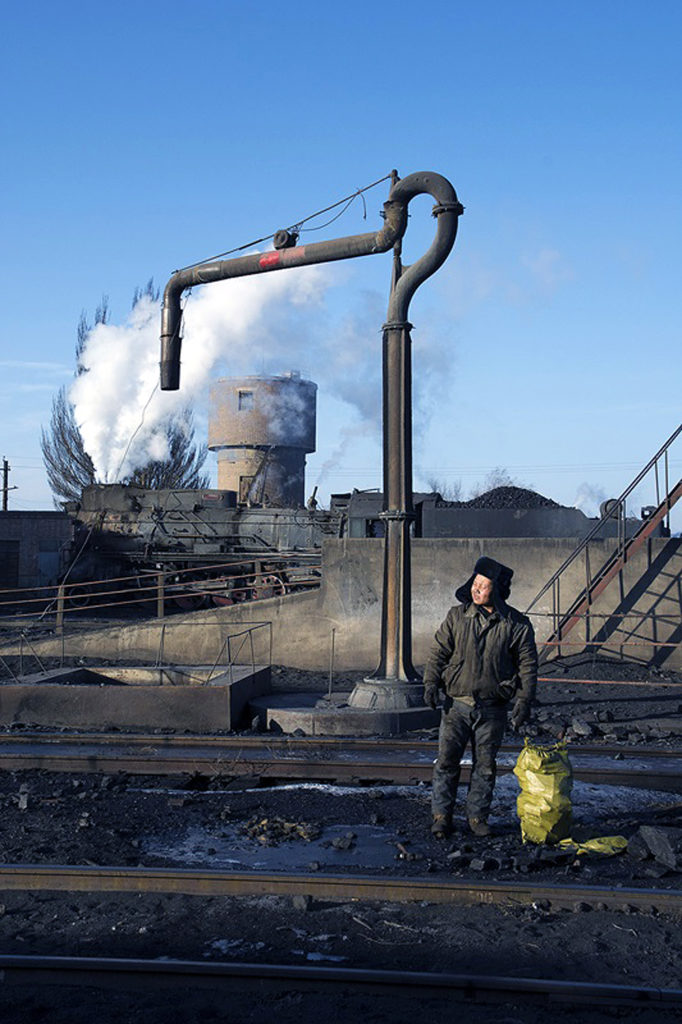
At a transload facility, the side-dump gondolas are unloaded and the coal transferred to larger China Railways gondolas to be diesel-hauled to a nearby interchange with the main railroad. The operation of trains in and out of the pit mine works like a conveyor system, with several trains operating in and out of the mine each hour, around the clock. A nearby line operated by the same mining company also uses steam locomotives to haul China Railways gondolas from the Erjing shaft mine to meet the interchange train.
The operation is versatile. In the pit, as the mining operation moves further and deeper, the railroad is moved with it. In places, the benched walls of the pit show where the tracks formerly ran and how they have moved progressively deeper. The entire operation is run with seven type JS 2-8-2 steam locomotives, part of a group of 700 built at Datong locomotive works in the 1980s.
The locomotives have acquired a desert-drab patina reflecting the environment in which they’ve worked for 40 years. A shop and small yard are onsite where the trains are repaired, watered, and recrewed. The train crews, a mix of Han Chinese and Uyghurs, are some of the last on earth to whom driving steam trains is a workaday job that feeds their families.
Yet they seem to take their lately found fame among rail fans in stride, and were curious to meet Westerners.
Their shifts are long, the work dirty and labor-intensive — done with pride.
History of the operations
Many of the Han Chinese workers are decedents of those who originally went there from Manchuria in northeast China. Japanese colonization had already given the Manchurian workforce technical training in mining and railroading. The Uyghurs, meanwhile, are a Turkic people that have been living in the area since at least the 800s and perhaps much longer.
The mine and railroad were first opened in 1962, along with the new town of Sandaoling to house the workers. The town was centered on the Workers Club, a government-sponsored theater and community center, and an institution of Maoist China. Later, the entire town was rebuilt nearby and the ruins of the old town, theater and all, now lay silent.
Xinjiang (officially designated the Uyghur Autonomous Region) has often made the news in recent years due to the interning of some of the minority Uyghur peoples in re-education camps there, as well as for several terrorist attacks. Foreigners may visit nonetheless, though on arrival they are assigned a “free guide” from the local Chinese police who tails them and ensures they are safe throughout their time in Xinjiang. Numerous security checkpoints track the movements of the populace and ensure they are unarmed. Only the driver of a vehicle is allowed into gas stations, which are all enclosed in high-security fencing. Everything is recorded with facial recognition cameras and 21st century scanning technology, reminiscent of the modern high-speed rail and subway operations back in the eastern part of China.
Visitors are welcome
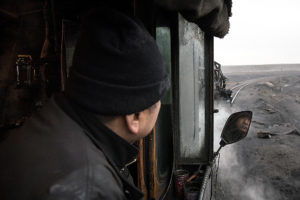
Our three-day visit occurred just after Christmas 2019, and in that bleak desert, the temperatures never rose above freezing and the brutal winds never ceased. It is hard to imagine a place more remote. One Uyghur restaurant owner we met was so surprised to have foreigners in his establishment that he video-called his wife and baby so they could meet us. Nonetheless, around 30 Chinese and many Japanese rail enthusiasts were not deterred from making a visit over the New Year’s holiday. According to those we talked to, Japanese rail enthusiasts have been a regular sight at Sandaoling for a long time, while the recent growth in visitation from Chinese enthusiasts (and a few glamour-Instagramers) has been commensurate with steam’s decline.
How is this railroad possibly still operating for a profit with steam locomotives in the year 2020? The short answer is that the mine does not expect to be open that much longer. The mine’s owners, cognizant of decreasing coal demand and decreasing mine output, do not foresee the mine turning a profit too far into the future. Therefore, there has been little incentive to invest in expensive new lower-maintenance diesel locomotives (or track repairs, for that matter). Further, the mine railroad has plenty of expertise in steam locomotive repair, and a large graveyard of old locomotives and spare parts. Not to mention, the fuel for the steam locomotives is cheap.
Speculations about when the operation could close vary, but many expect it to be shut down by November 2020. After that, locomotives will likely be sold for display. The shaft mine at Erjing will likely continue operation and the town will survive, at least for the short term. Now with the Coronavirus outbreak and tighter travel restrictions, a 2020 close date may mean we were some of the last foreigners to visit the mine and steam railroad while they were operating.
